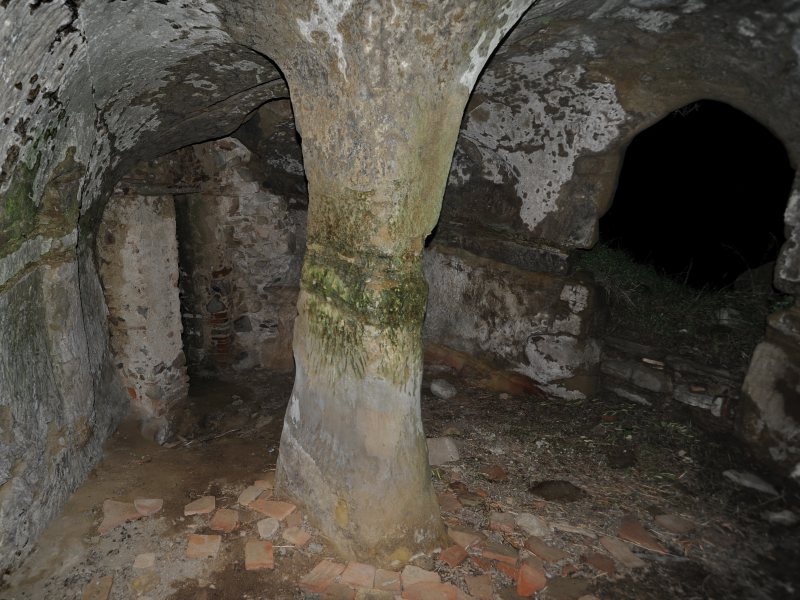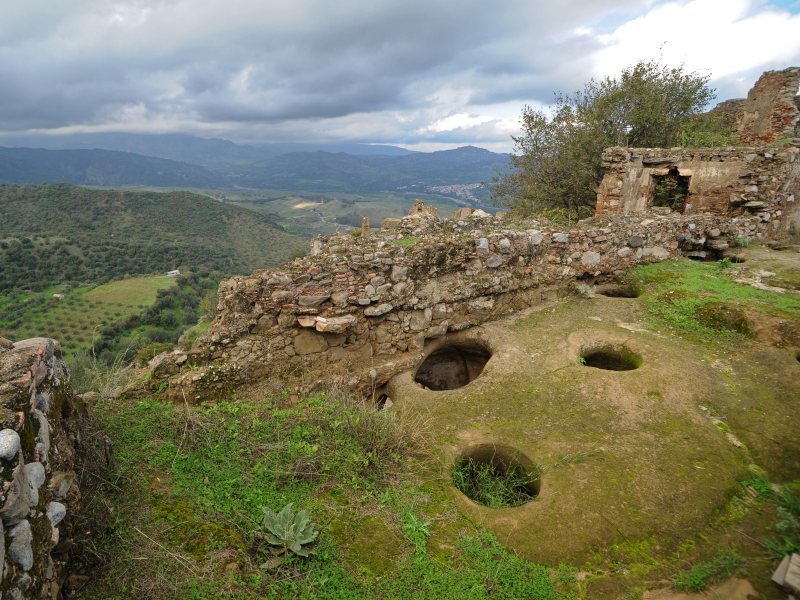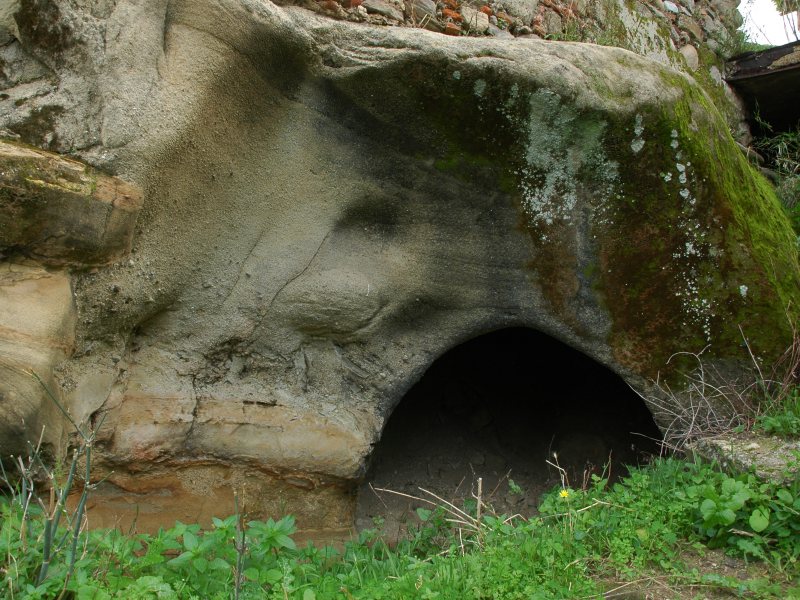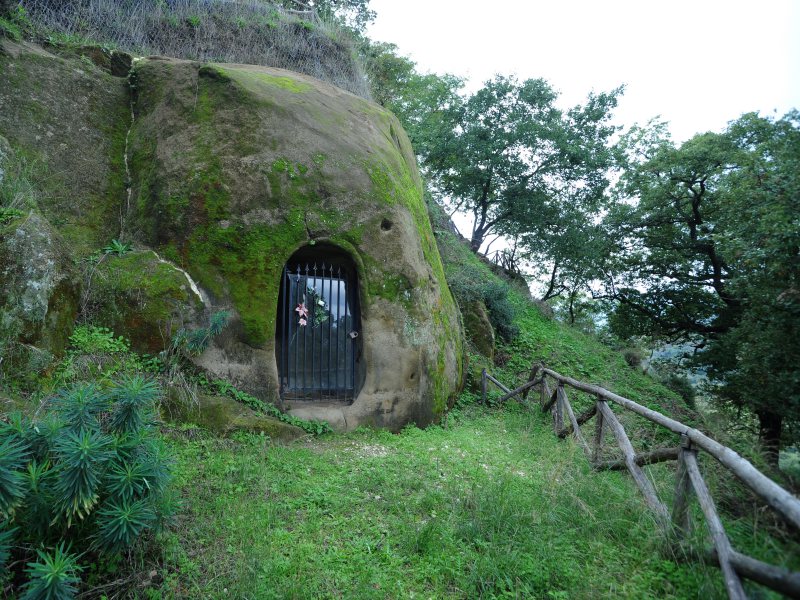The Grotto of Sperlonga
Descrizione
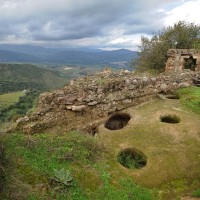
On the hill overlooking Brancaleone Marina, this village was given the name of Sperlonga from the Greek Spèlugx, meaning cave.
Initially, monks lived inside some caves hewn in the rock, which, due to their position, also served as a defence against Saracen raids.
Between the eleventh and twelfth centuries, the monks began to build and live in monasteries. Because the monks humbly welcomed people, a number of urban settlements grew up around the monasteries.
Today, there is a via Sperlongara, a watchtower bearing the same name and, the caves called Grotte di Sperlonga, troglodyte Basilian lavras, inside of which monks chose to lead their solitary existences.
Most of these man-made caves are simple rock cavities, some large, others small, others consisting in a large atrium leading to smaller spaces: these were the monks’ cells, used by the holy men of the time as places of meditation, but also as an environment in which to live their everyday lives.
Later on these grottos were transformed into shelters for the first inhabitants of the area, fleeing from enemy attacks, while others were used as outhouses by the residents who settled here.
Of particular importance are the cave-churches, which still contain sacred Armenian engravings, niches for the icons and altars. Ten monastic cells and four cave-churches, all dating back to the eight-eleventh centuries. Only one belongs to a later period and dates back to the twelfth century.




